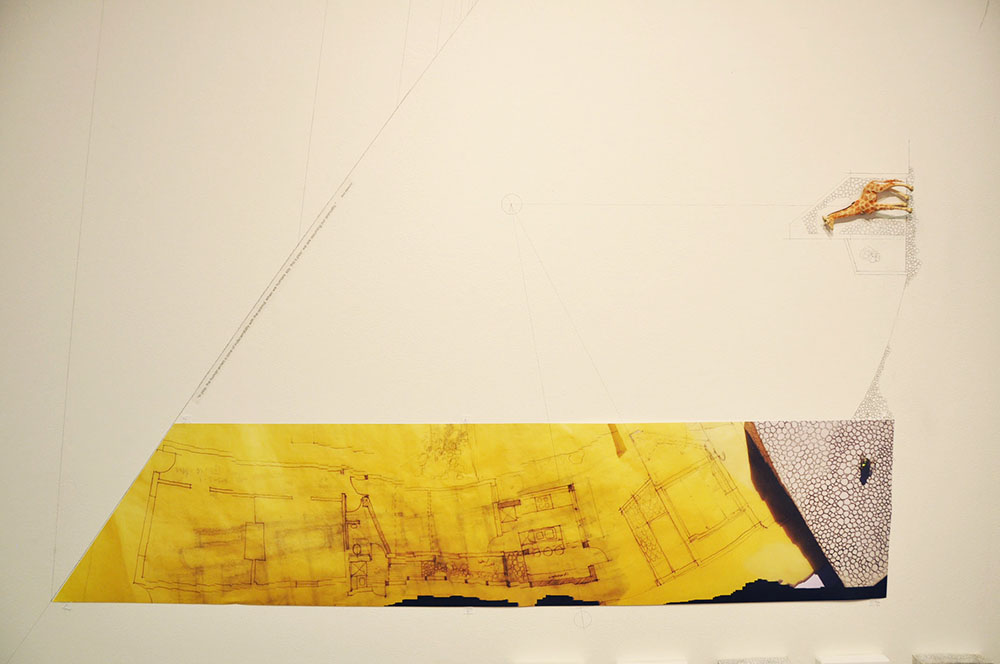“In play, the human enters a zone of indiscernibility with the animal. When we humans say ‘this is play’ we are assuming our animality.” Brian Massumi




This work, Architectural Animality – drawings out for a walk, was produced for an exhibition dedicated to an enquiry into the nature of the act of drawing. The work was a composition of multiple pieces, being constituted by 12 individual drawings/images/objects. The project explored how diverse ideas can become productively entangled through the drawings that take part in the design process. Working with an architectural project (see: Avery Green) still in early stages of design development, the many influences and ideas at play led to thinking about that stage of design development as somewhat ‘wild’ and very much at play – like a complex ecosystem of interdependent but as-yet-unclear relations. This project tested how the process of composing this complex ecosystem into an exhibition assemblage could become a meaningful part of the design process. As such, this was not an exhibition of either a process or a finished product, but rather an experiment in folding the process of exhibiting into the design process. This approach offered a way of exploring the potential role of drawings as part of design processes. Via a play of analogue and digital techniques, the drawings set out for a walk across an assemblage of ideas, influences, and obsessions as they move toward an emerging house-creature.
Trace: Architecural Musings, Leonie Matthews & Amanda Alderson (curators), Mundaring Arts Centre, Western Australia, Oct/Nov, 2014.












